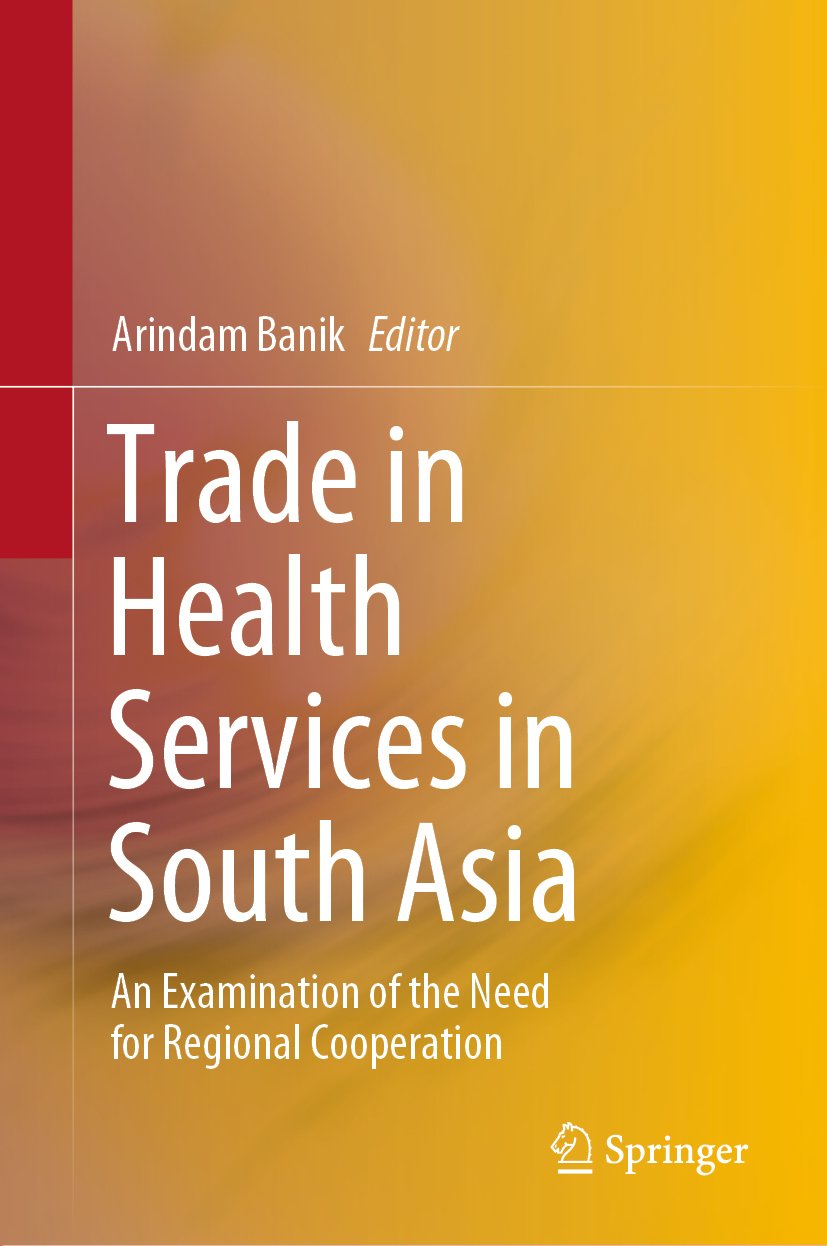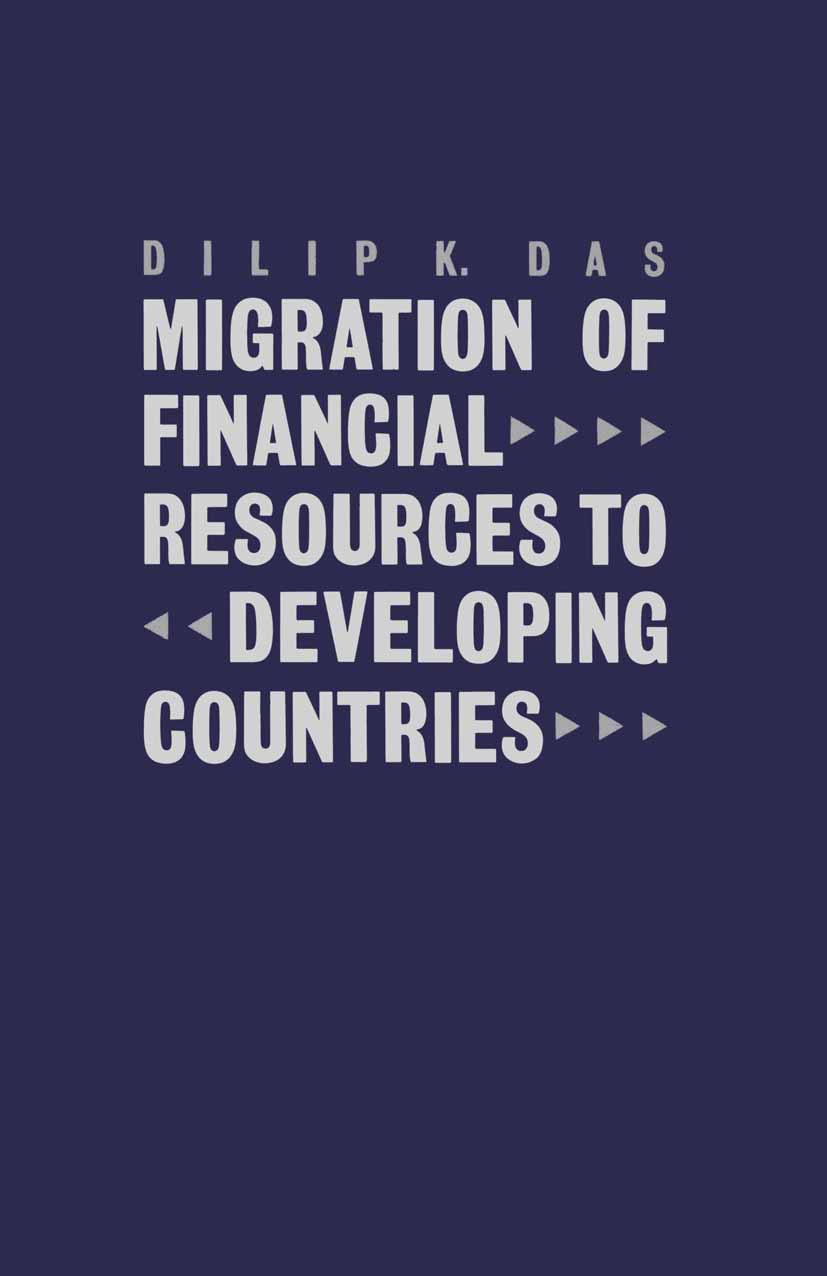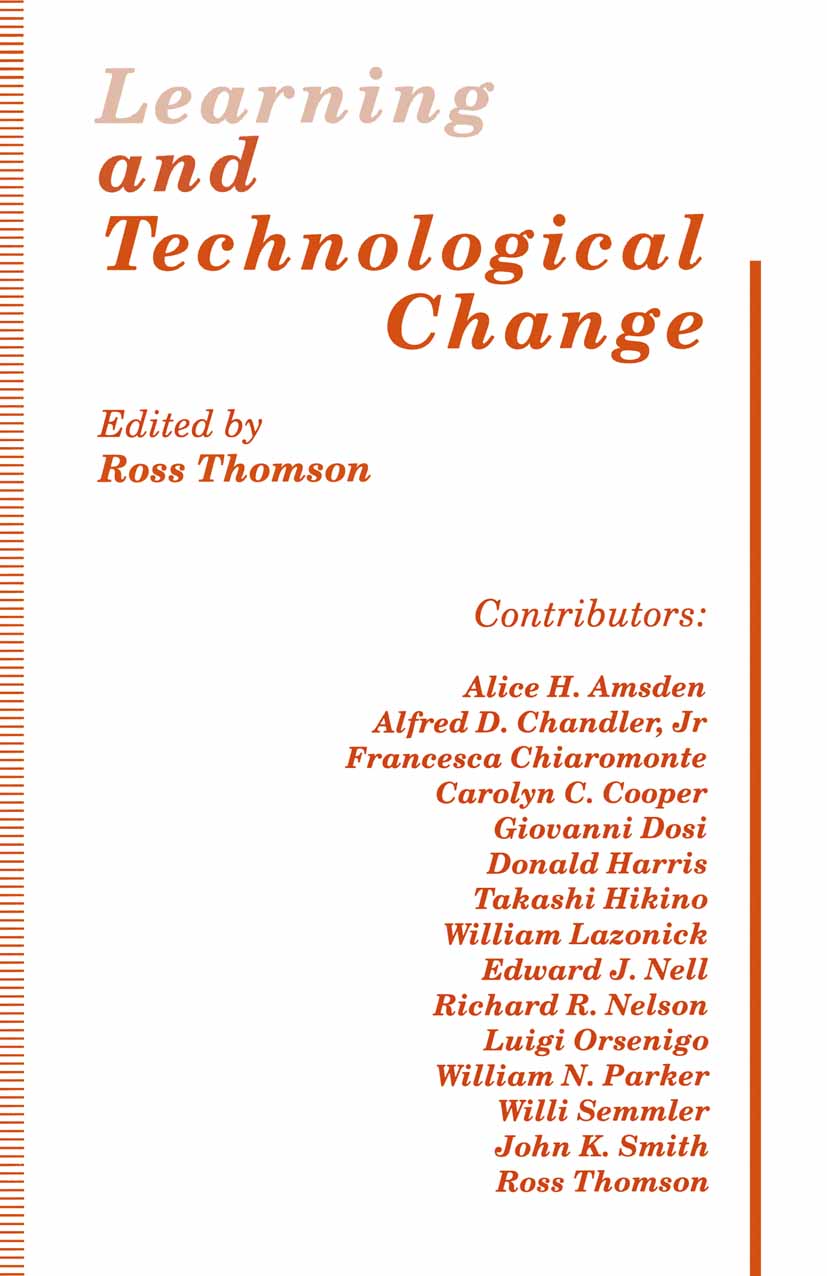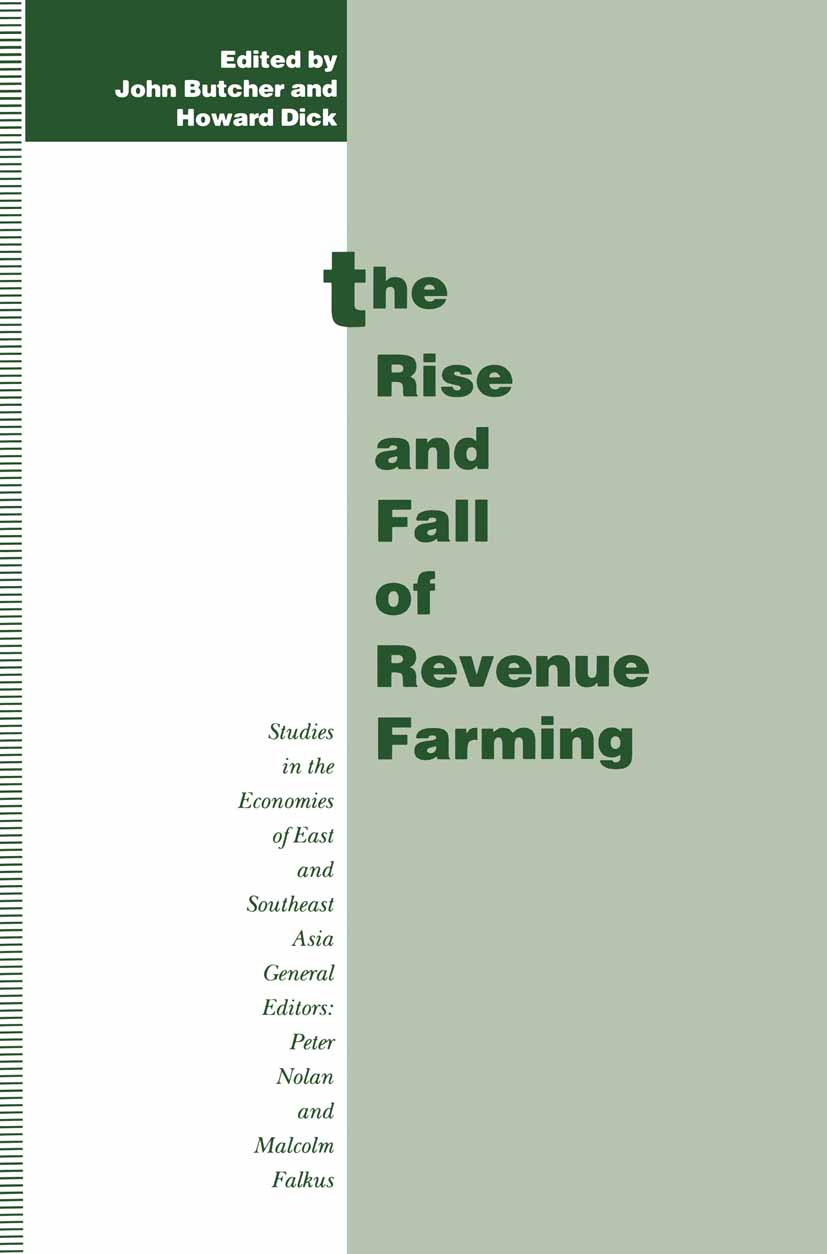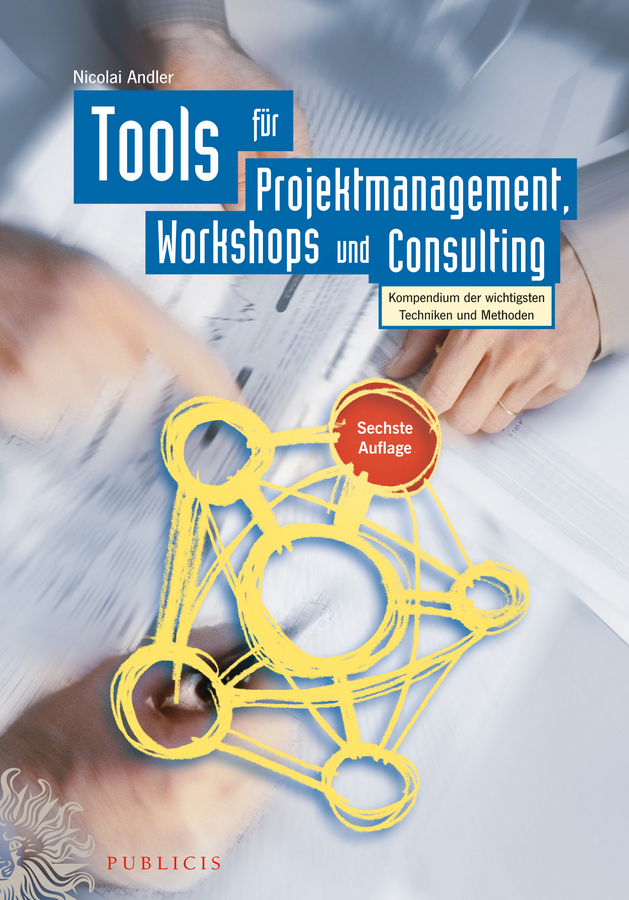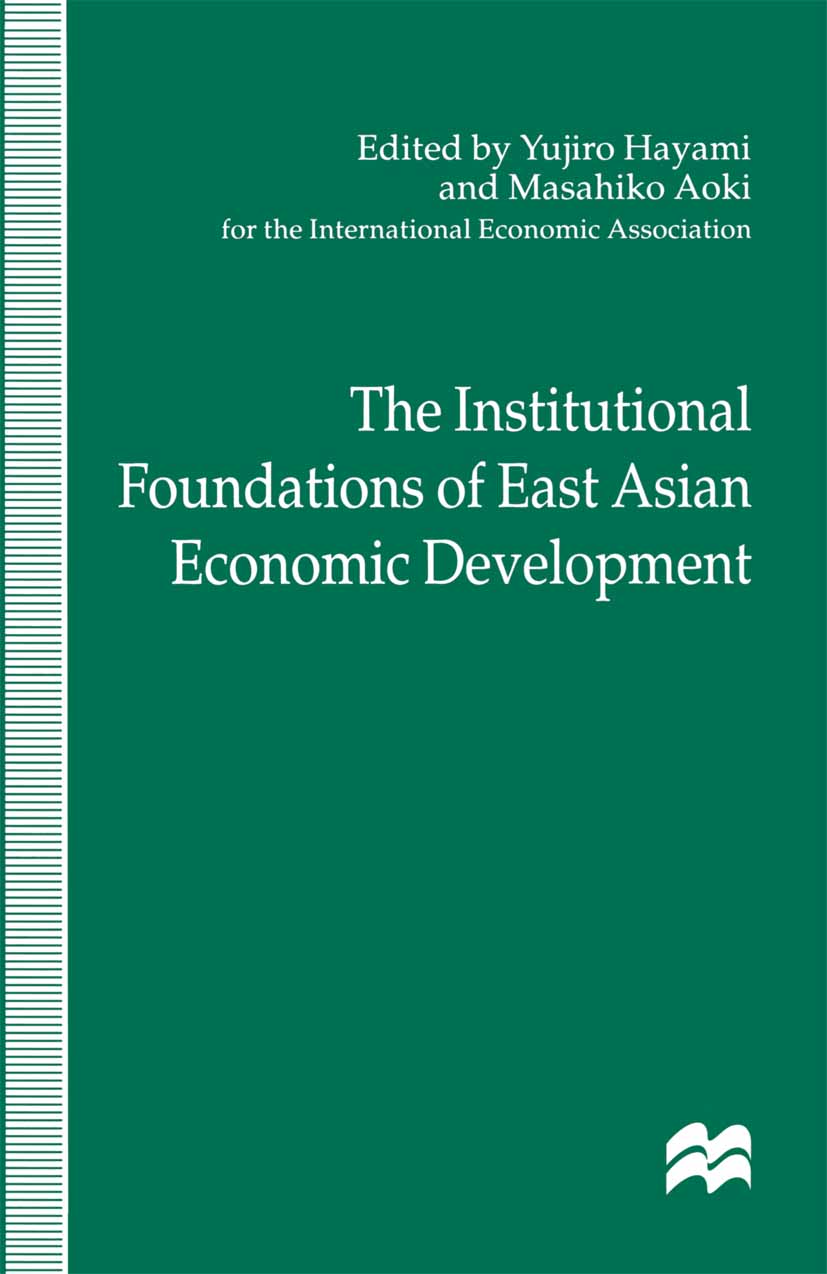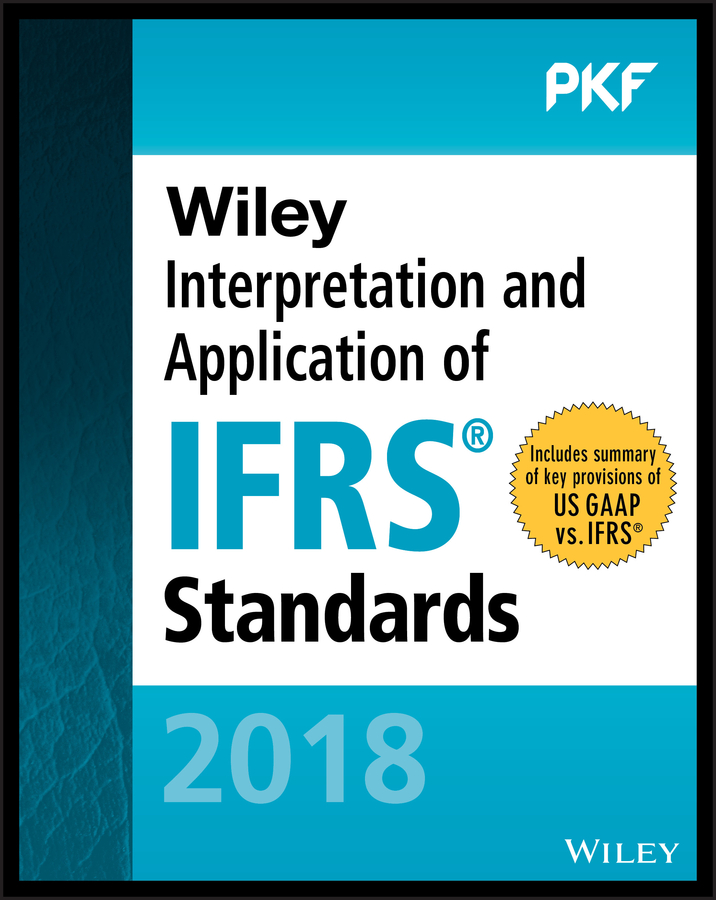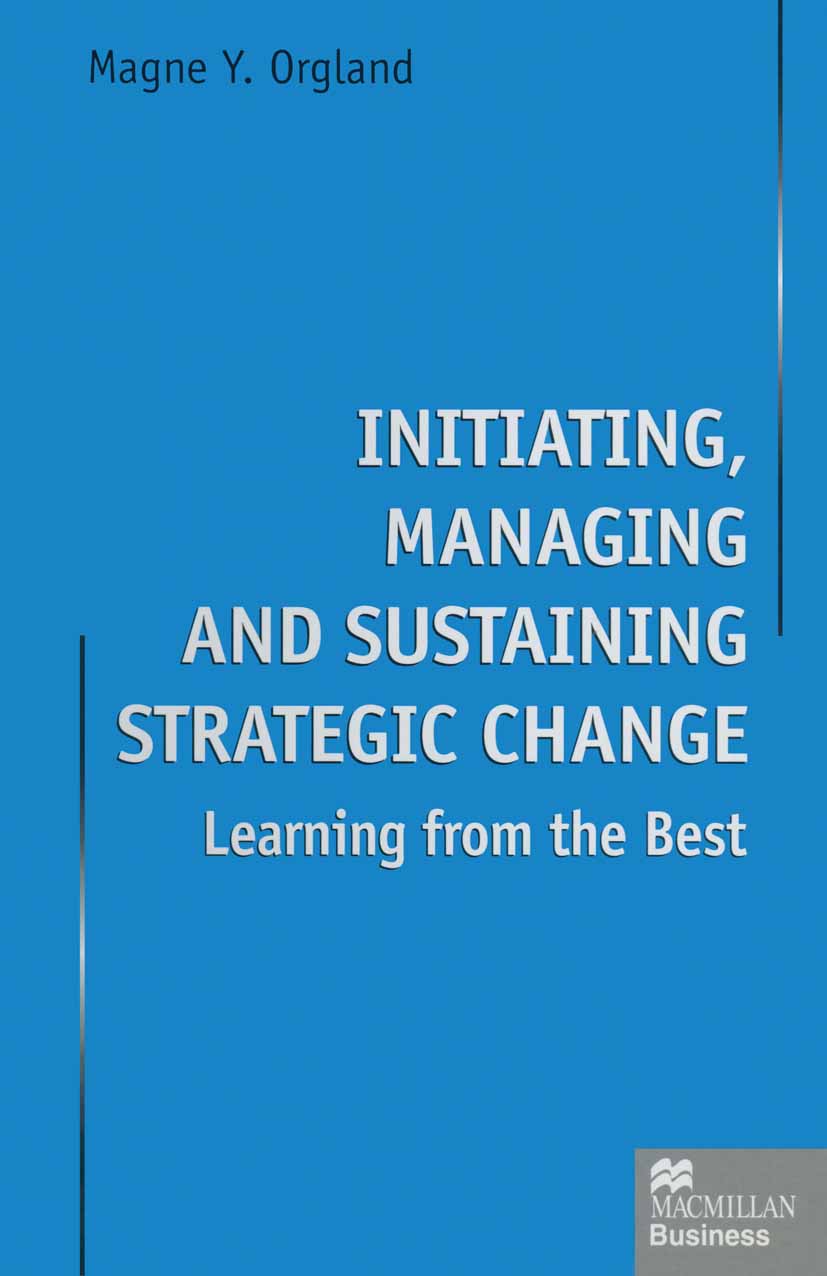Trade in Health Services in South Asia
Trade in Health Services in South Asia
This book observes that an in-depth study exclusively focusing on health service trade not only strengthens the overall services trade capacity of the South Asian region, but also promotes global as well as regional trade. There is a dearth of analyt...
Read more
This book observes that an in-depth study exclusively focusing on health service trade not only strengthens the overall services trade capacity of the South Asian region, but also promotes global as well as regional trade. There is a dearth of analytical research on estimating barriers to trade in health services, particularly in the context of South Asia, and as such, this book assesses the potential benefits and economic costs of barriers to trade in health services in select South Asian economies. It also analyzes the impact of liberalization and regulatory reforms on economic welfare. It broadly addresses issues relating to trade in health services, the GATS (General Agreement on Trade in Services), such as: Why are the current levels of trade in health services low? How will the GATS legally affect a country’s health policy? What effect might liberalization have on national health systems? And what are the likely benefits of greater trade in health services? It also provides specific answers to the following questions: Does the substantial role of the government in health – as health service provider, financial supporter, regulator and promoter – have implications for the treatment of the sector under the GATS? What is the impact of liberalization of international trade in health services on the quality and availability of health services in developing SAARC countries? Given the importance of consumption abroad for trade in health services, and the gradual opening of health markets through Modes 1 and 3 (cross-border supply and commercial presence), how can problems associated with trade in these Modes be prevented? And are these problems sufficiently addressed by GATS disciplines? Answers to these questions will be of great use to researchers, policy makers as well as practitioners and NGOs of South Asia.
Less


